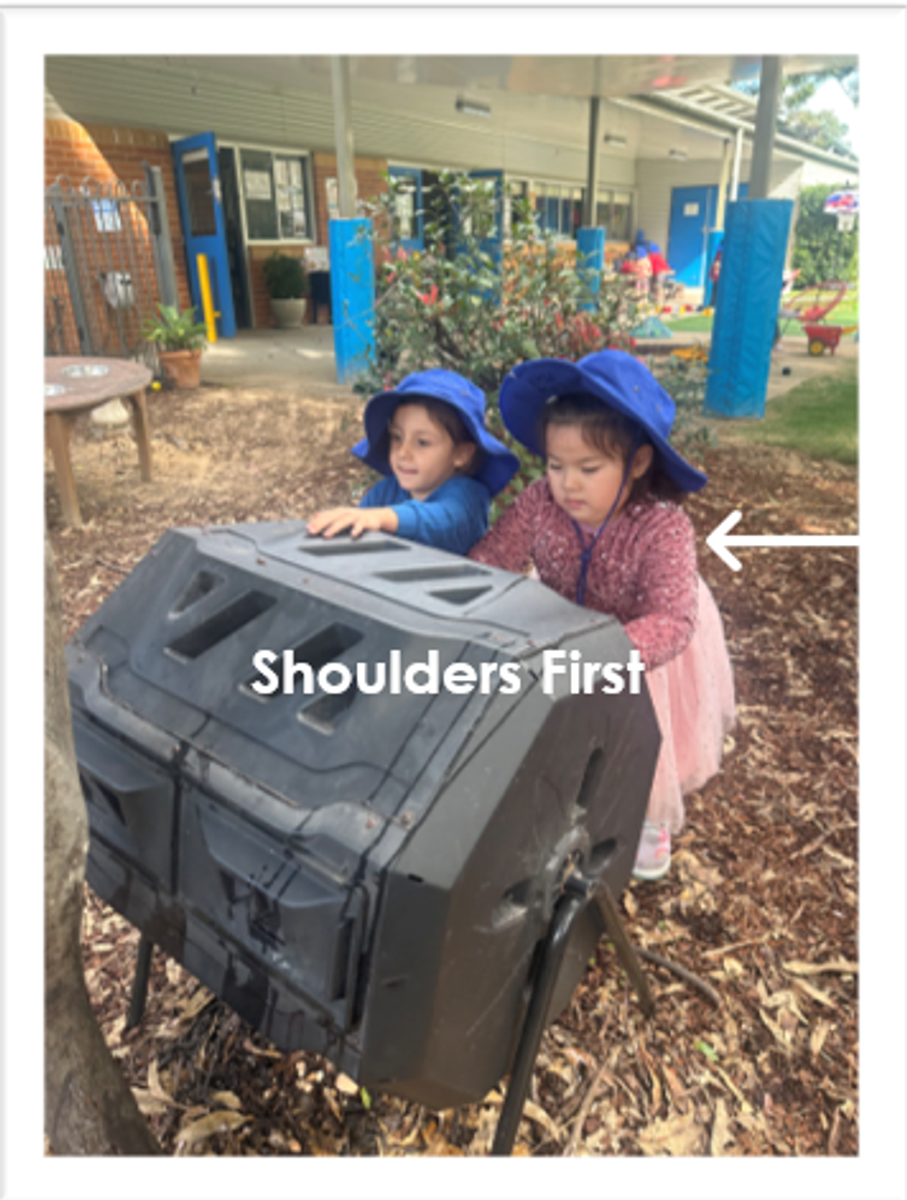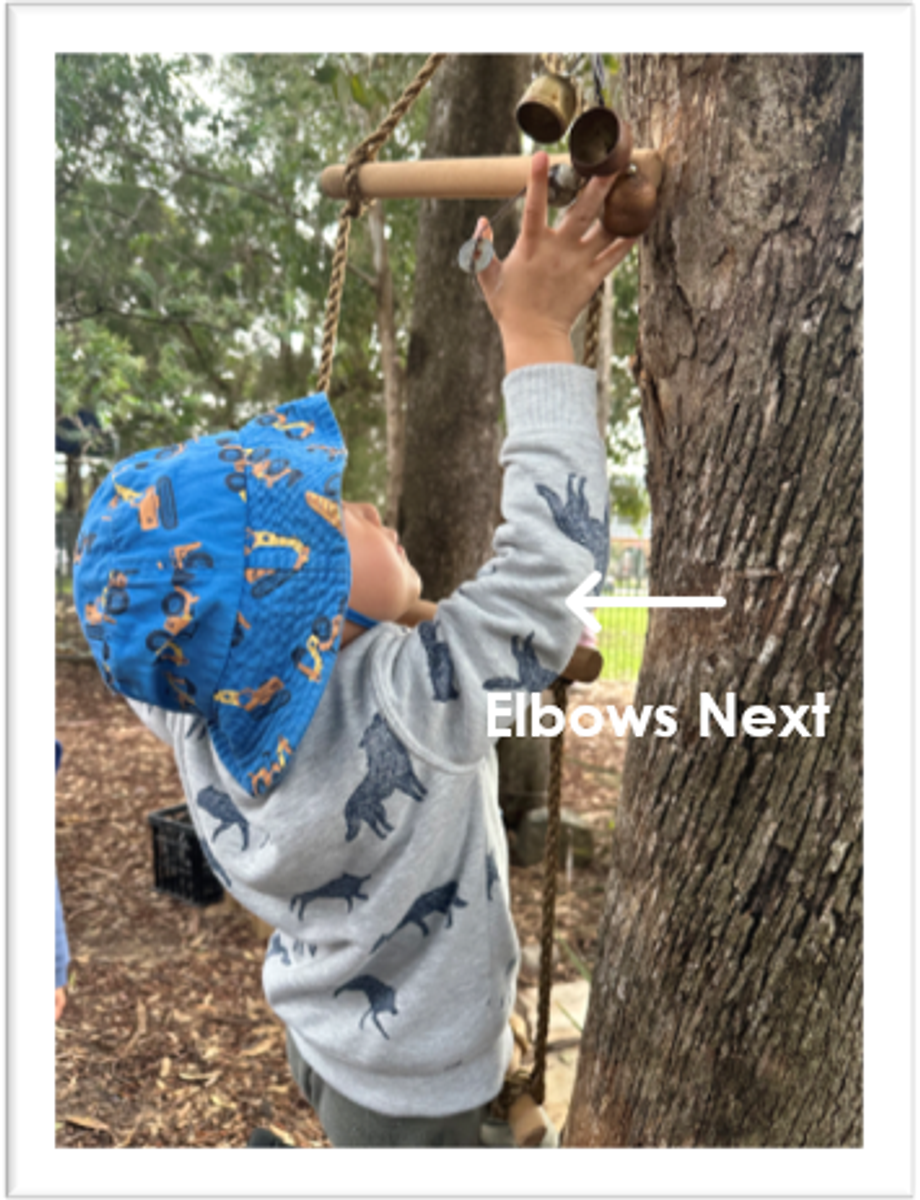Learning Through Play at Preschool
The Preschool Team

Learning Through Play at Preschool
The Preschool Team
Discovering Aboriginal Heritage
The focus of our learning at preschool has been immersing our young learners in the rich traditions, stories, and cultural practices of Indigenous communities. We read the book Emus Under the Bed, which narrates the story of a young girl visiting her aunt and deepening her connection with her cultural heritage and family. Following the reading, we explored traditional Aboriginal symbols, discussing their meanings and significance. We then engaged in a hands-on activity where we used our magic paper, paintbrushes, and water to try and draw these symbols, fostering a deeper appreciation and understanding of Aboriginal art and culture.
The children engaged in an experience of making damper, a traditional Aboriginal bread. Under guided supervision, they measured and mixed the ingredients, learning about the historical and cultural significance of this simple yet essential food. As they kneaded the dough and shaped it into rounds, they developed fine motor skills and an appreciation for traditional cooking methods. The activity concluded with the children enjoying the freshly baked damper, fostering a sense of accomplishment and a deeper connection to Australian heritage.
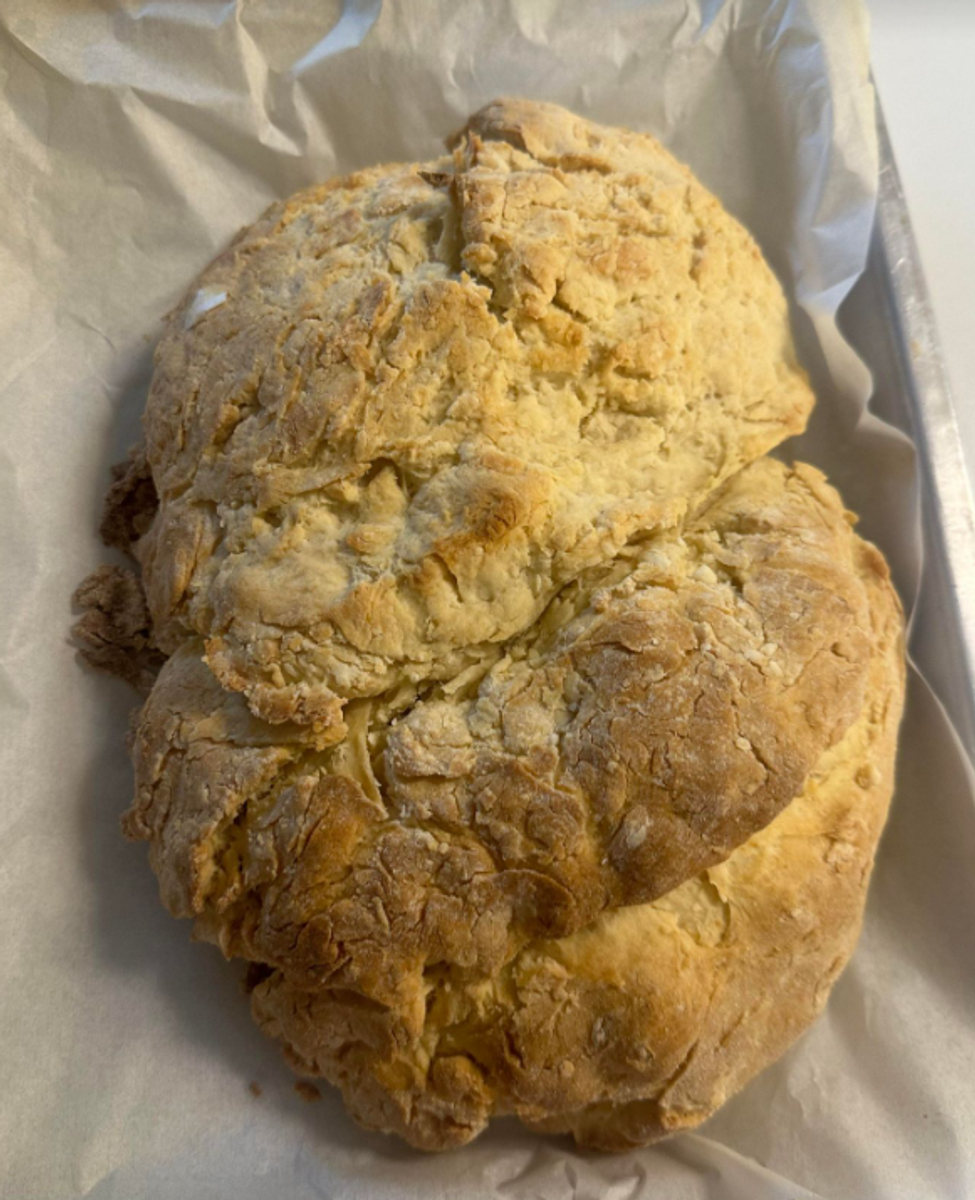
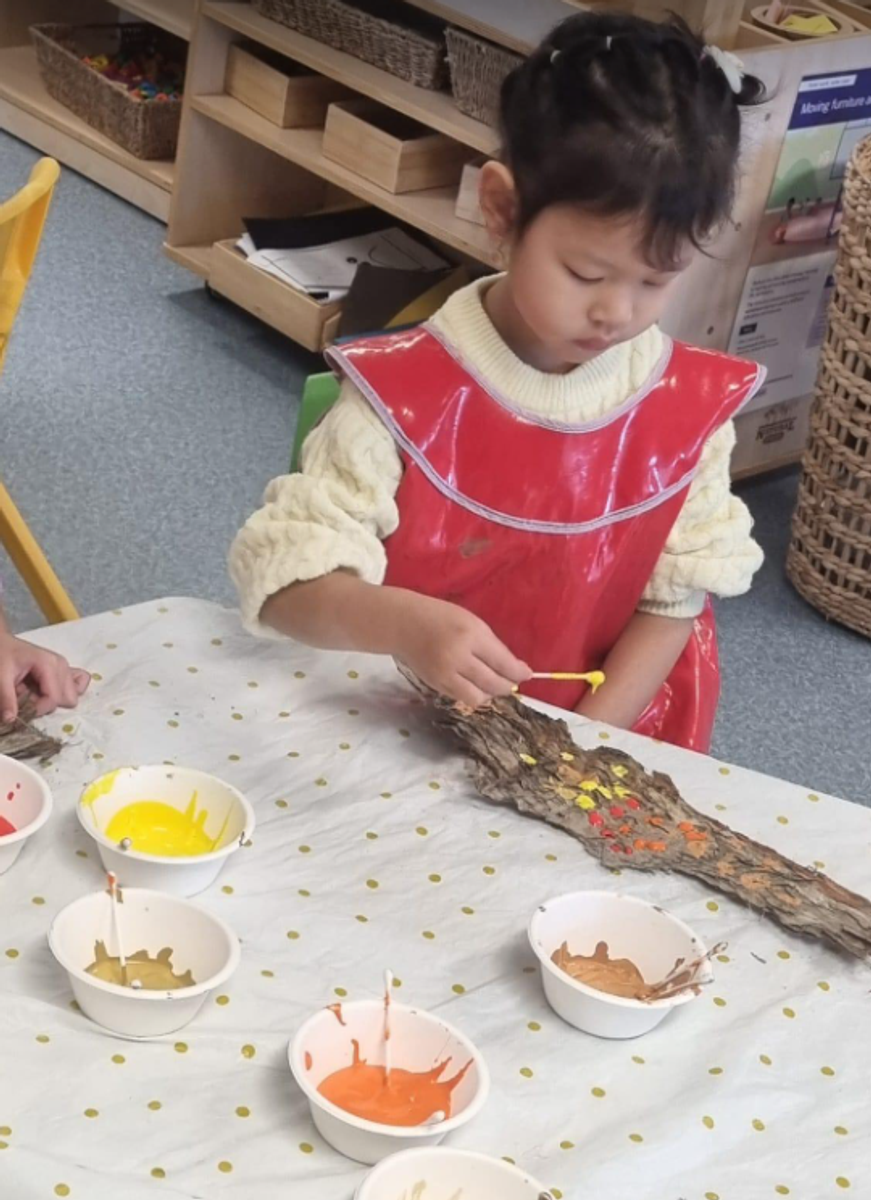
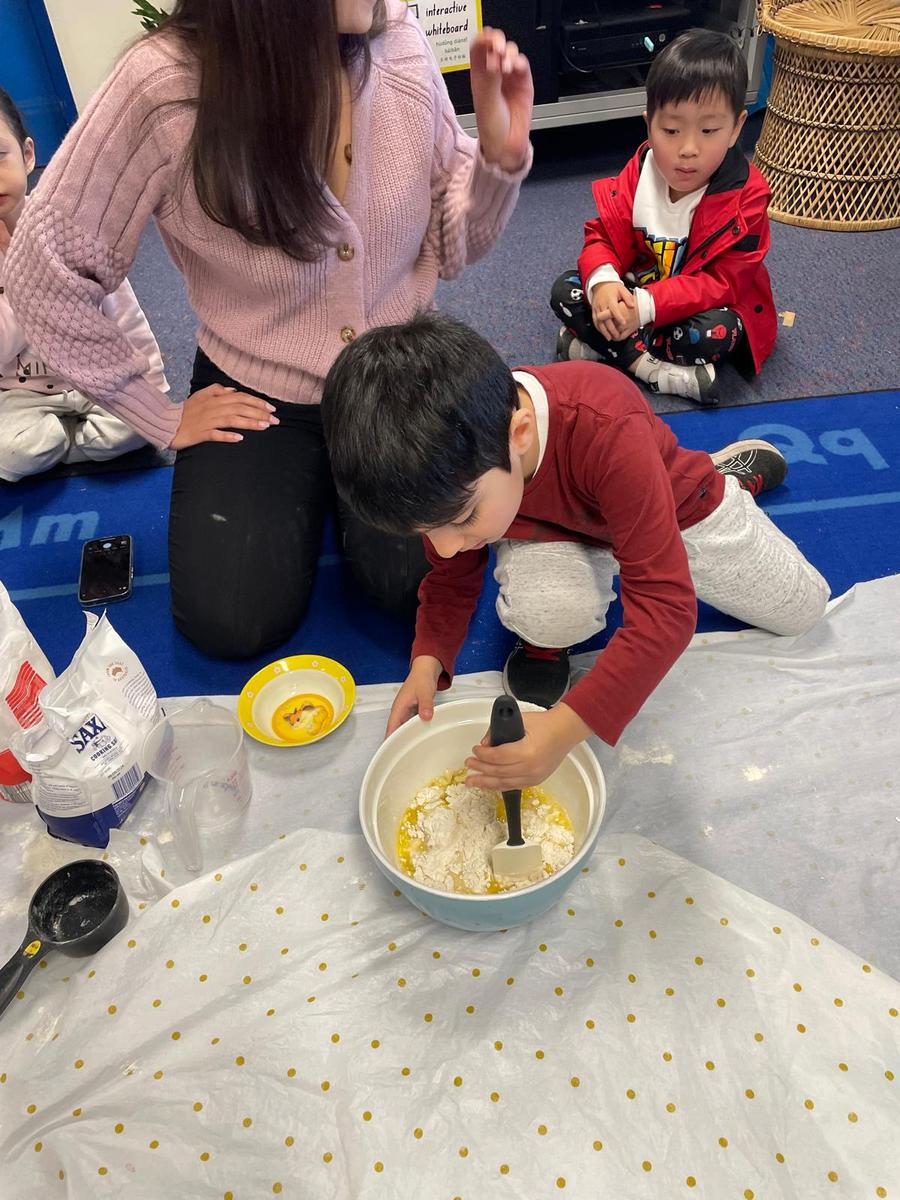
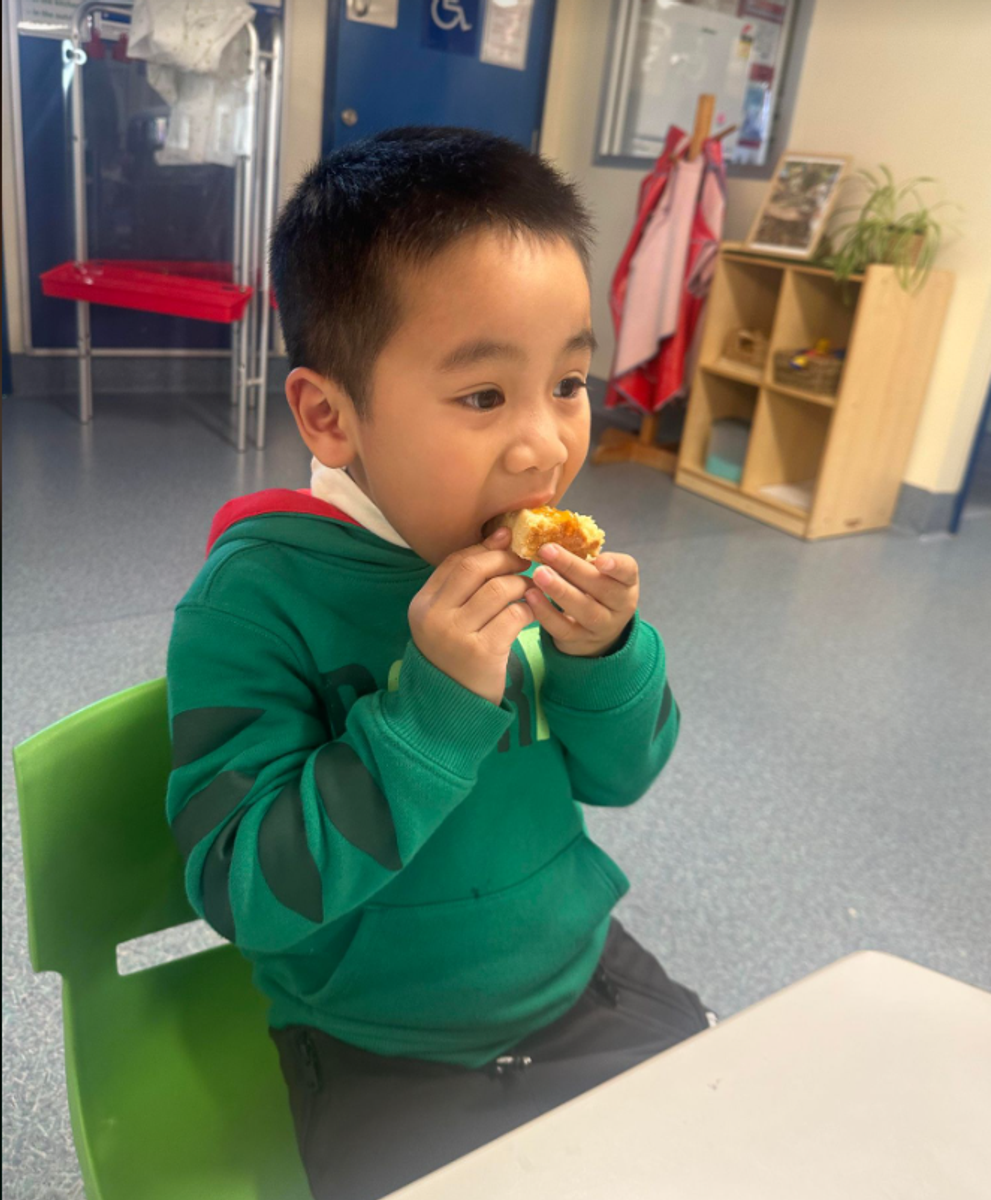

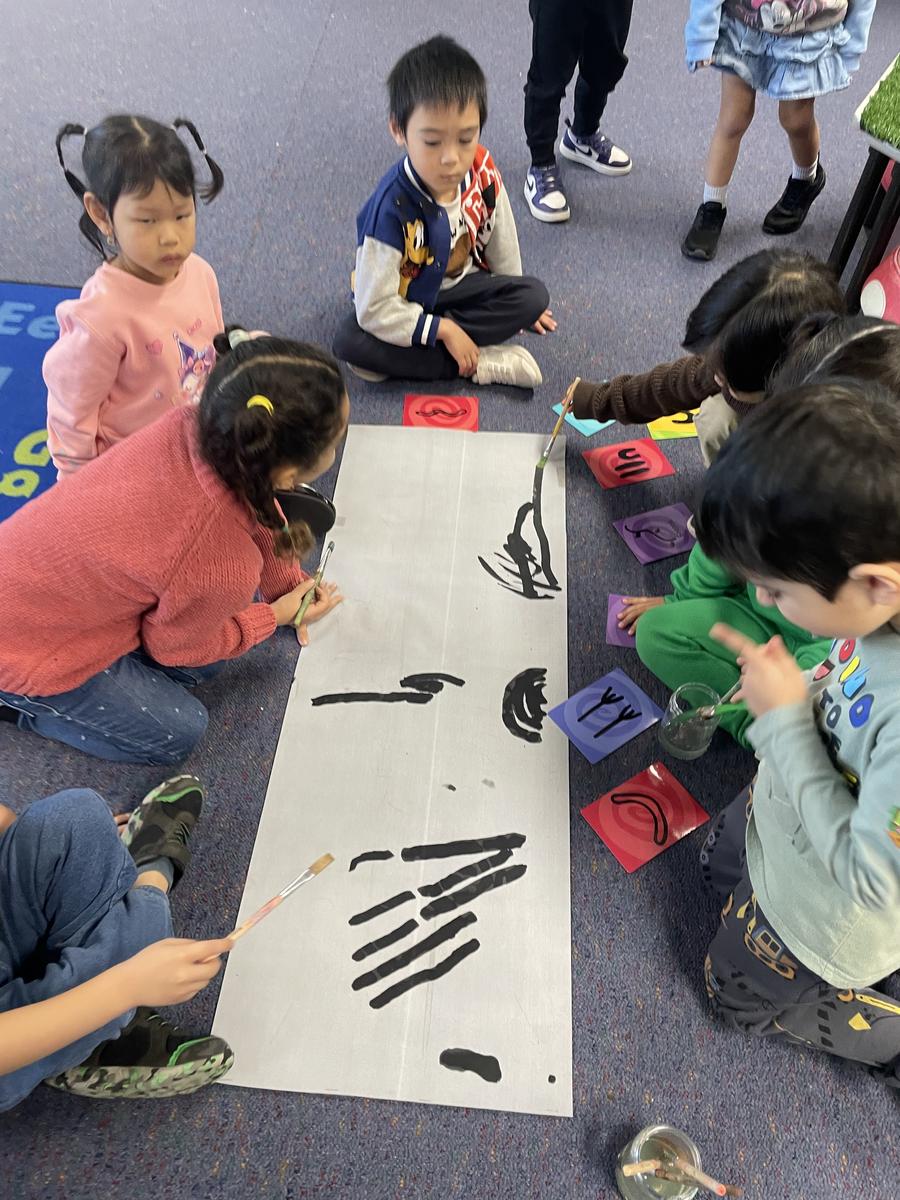
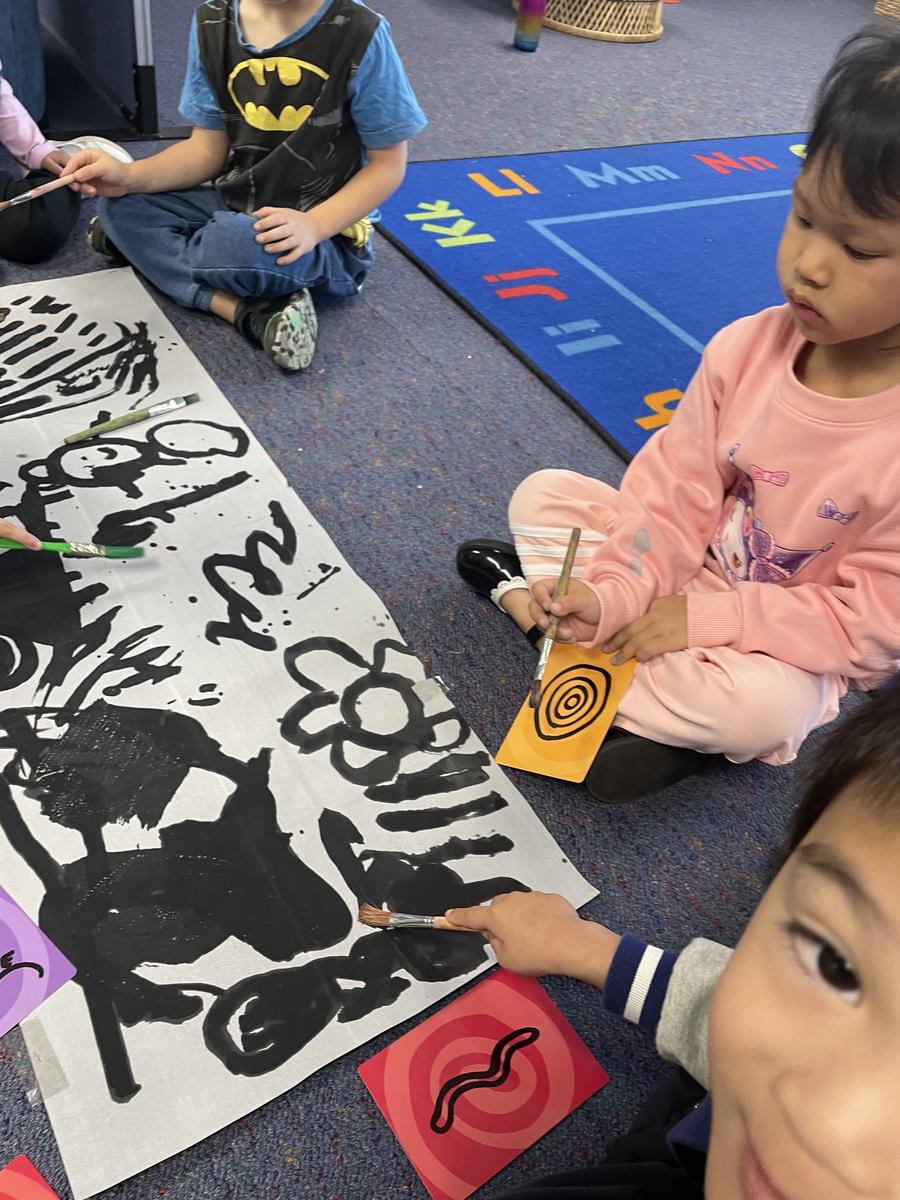
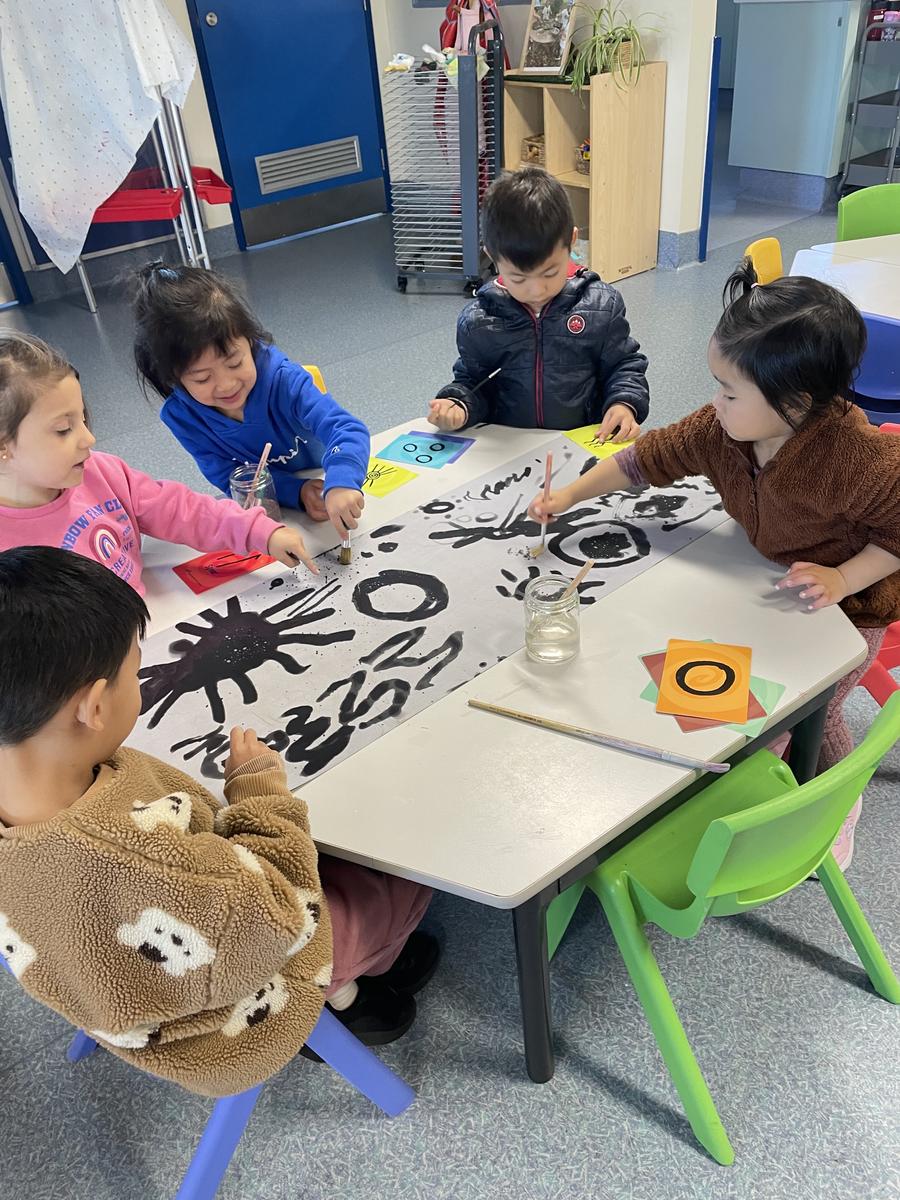










Pivotal Joints
In early childhood development, understanding gross motor development through the concepts of cephalocaudal and proximodistal growth patterns is crucial for parents, carers and early years professionals. These concepts help us grasp how children develop and acquire motor skills from their head and upper body (cephalocaudal) to their extremities (proximodistal). By being knowledgeable about cephalocaudal and proximodistal growth patterns, we can better observe, assess, and support children in their motor skill development journey. This understanding allows us to offer engaging and developmentally appropriate experiences that nurture each child’s physical capabilities and overall growth and well-being, instead of a focus being on writing names. Remember children develop their pivotal joints. Pivotal or rotary joints are shoulder, elbow, wrist and fingers!
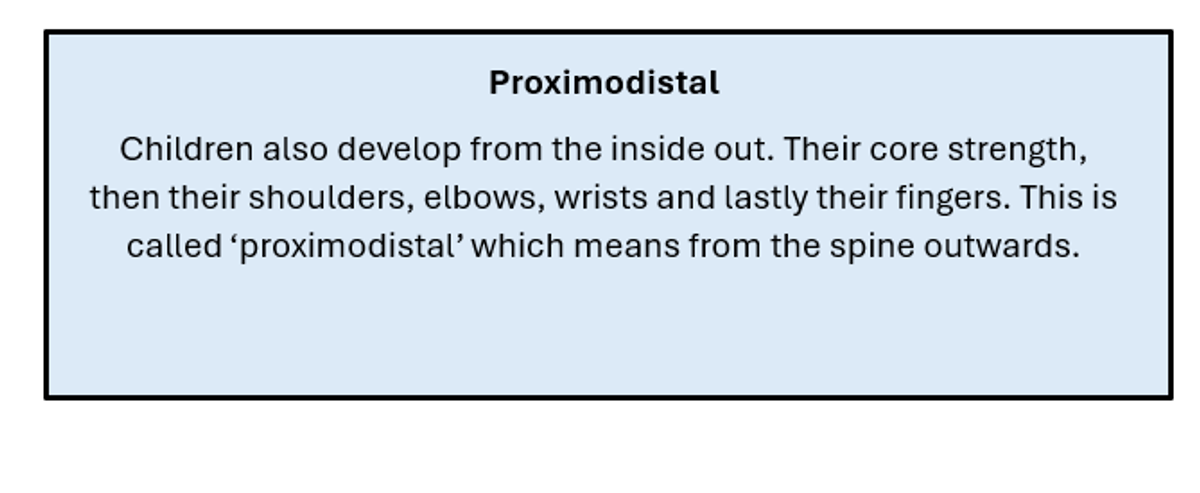
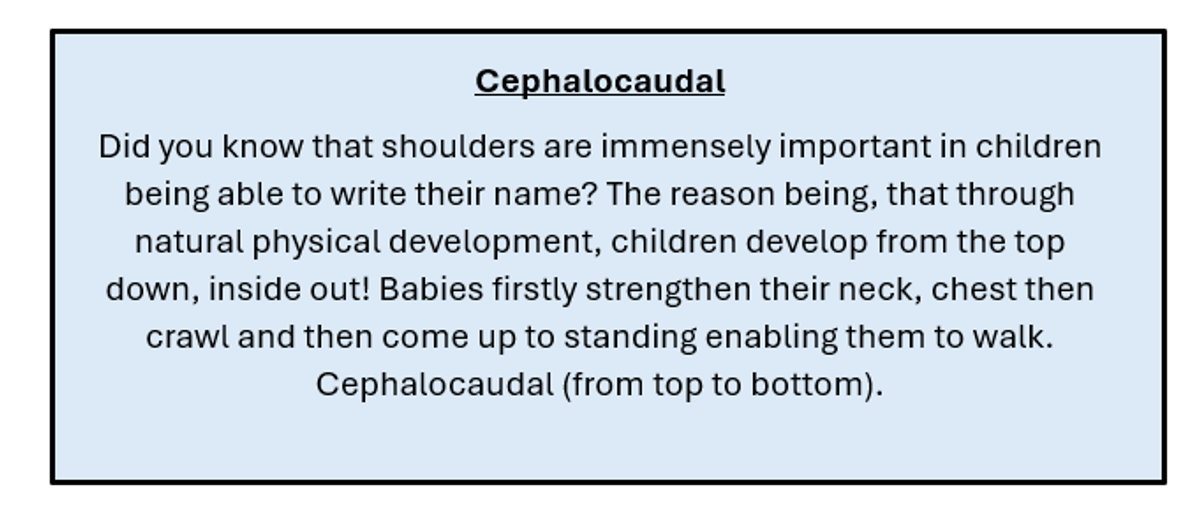


Let’s consider and pause for a moment; shoulders are the low load, bearing joint and muscle that supports the movement of the arm! Notice this image of the child writing, how he is holding his pencil, a Palmer or Emergent Palmer grip.
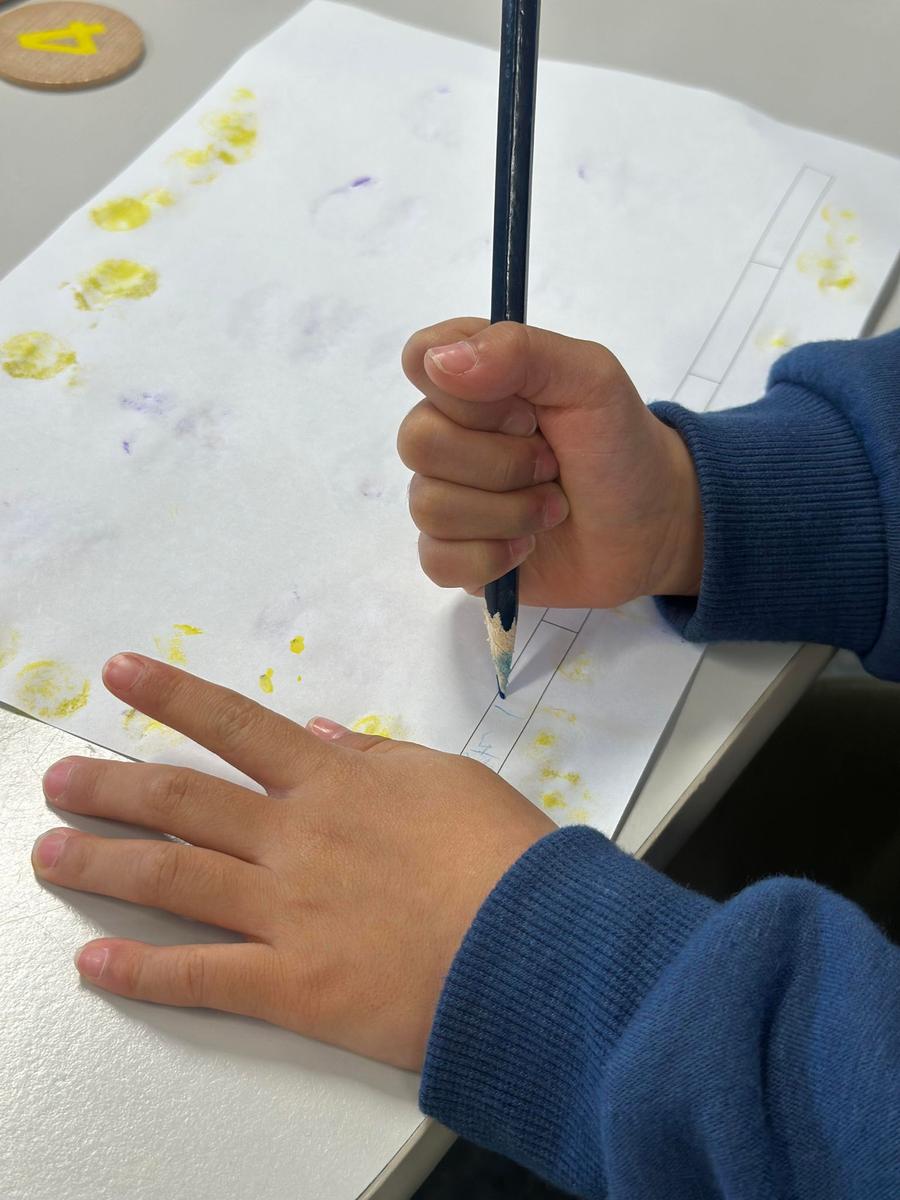

This is an indicator that his control is being led by his shoulder (supported by his shoulder) and moving to his elbow and not his fingers. His shoulder is driving the movement of the pencil and not his fingers. Children need time to develop, control and coordinate their whole body, before they can control a pencil.


